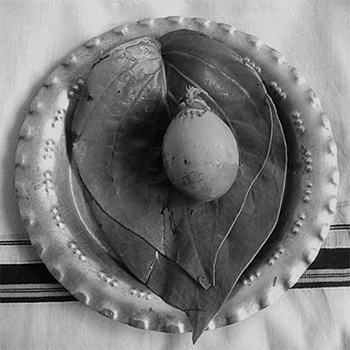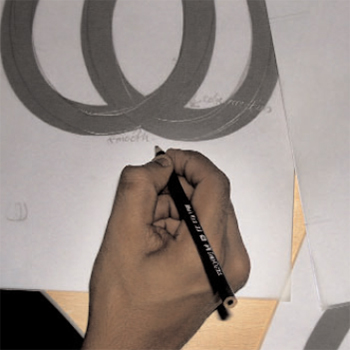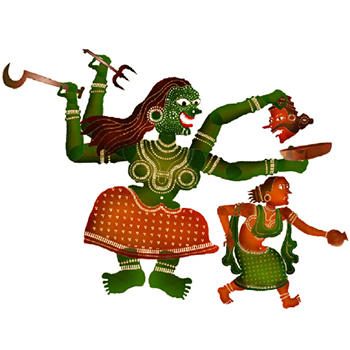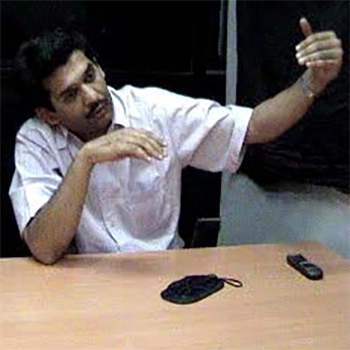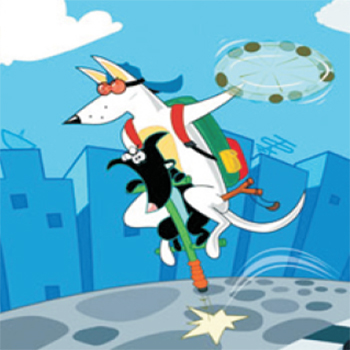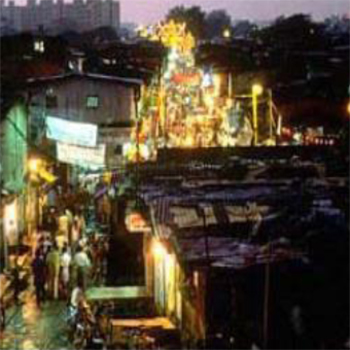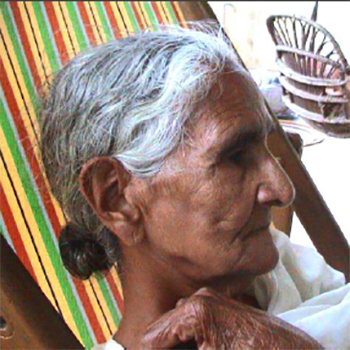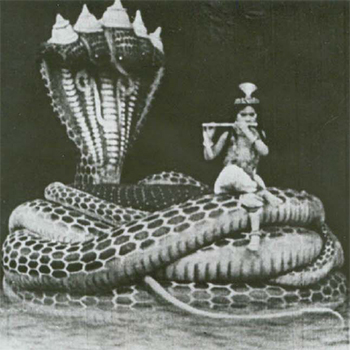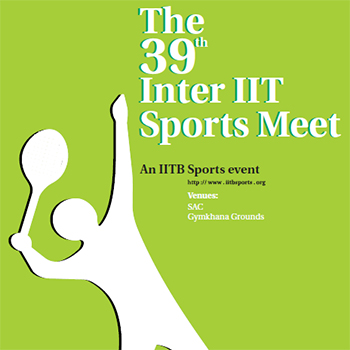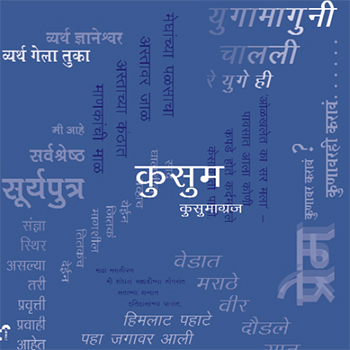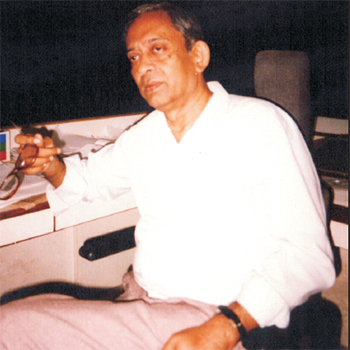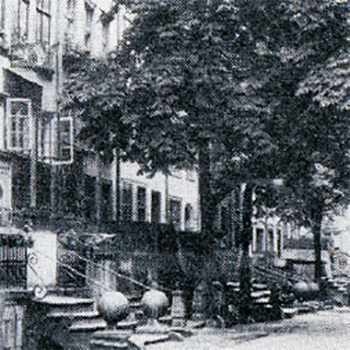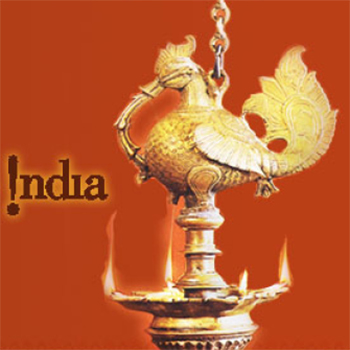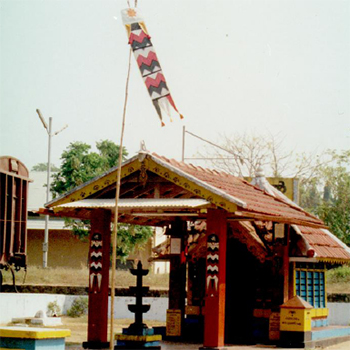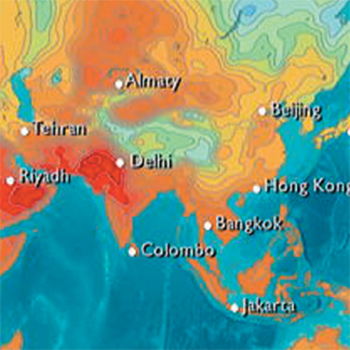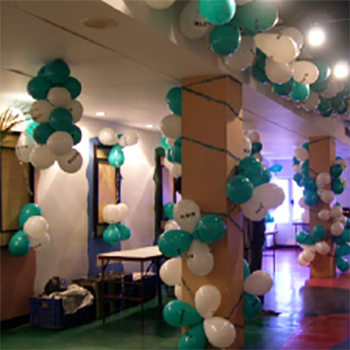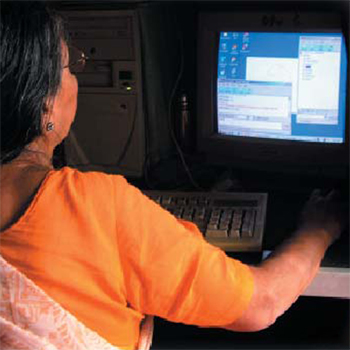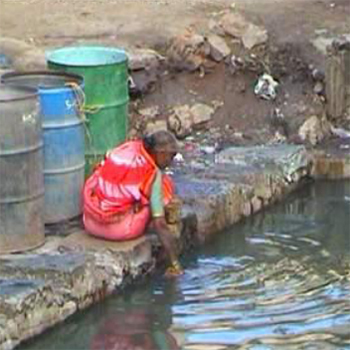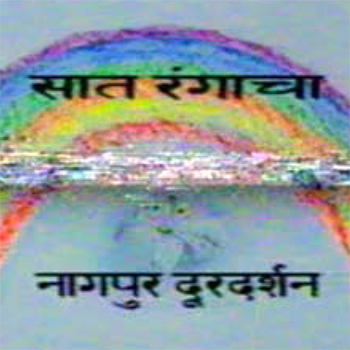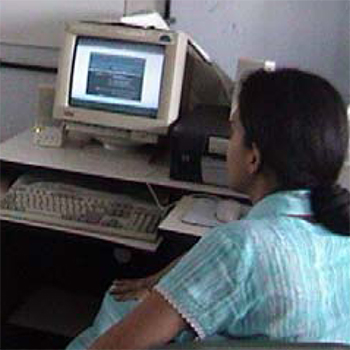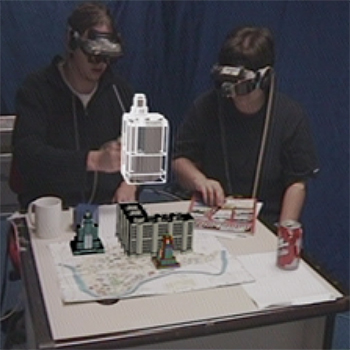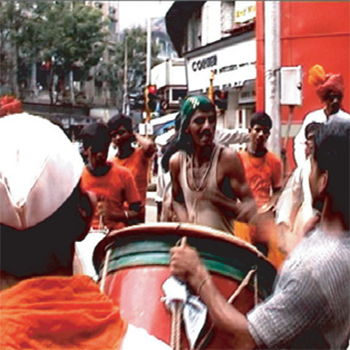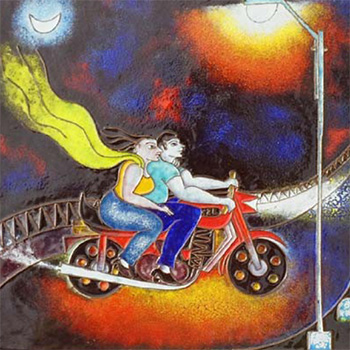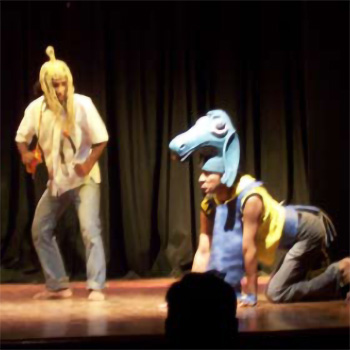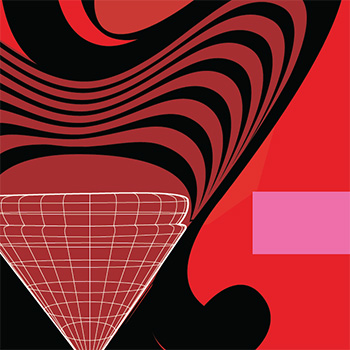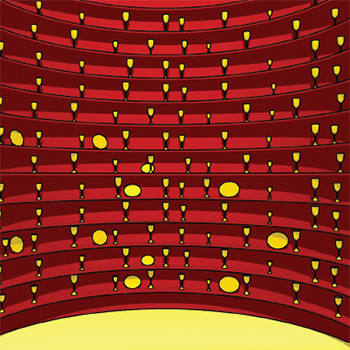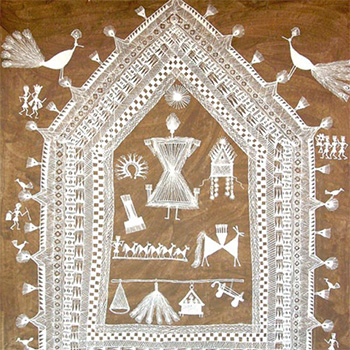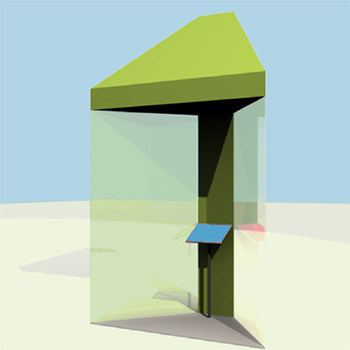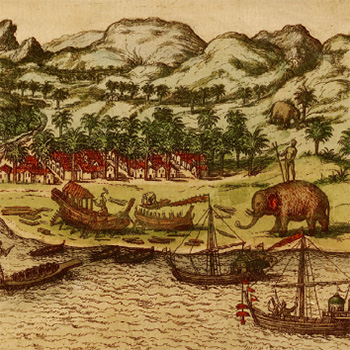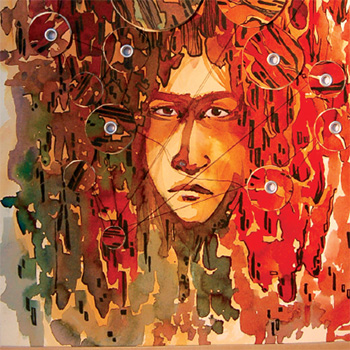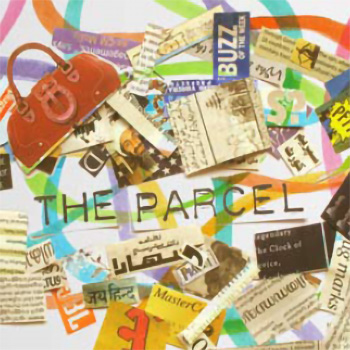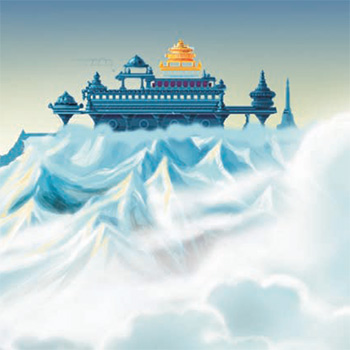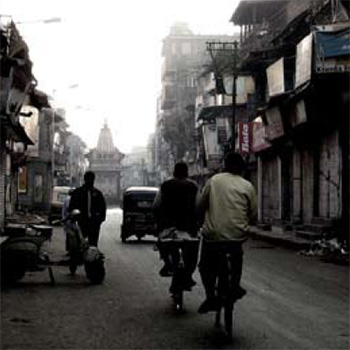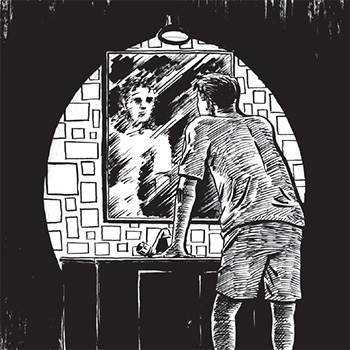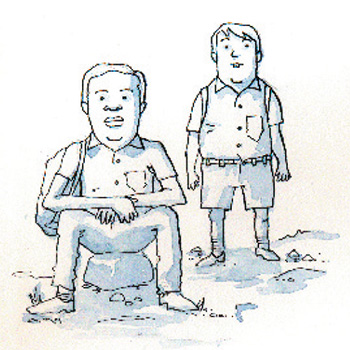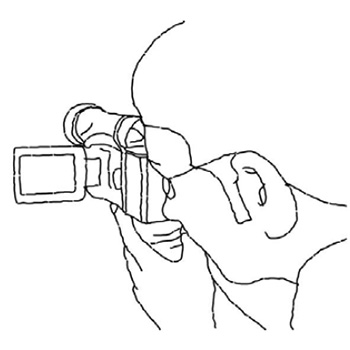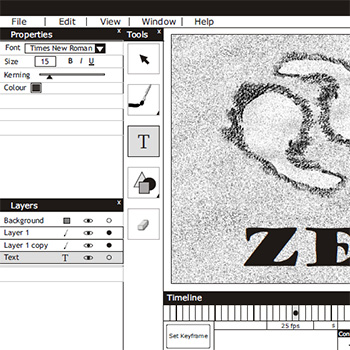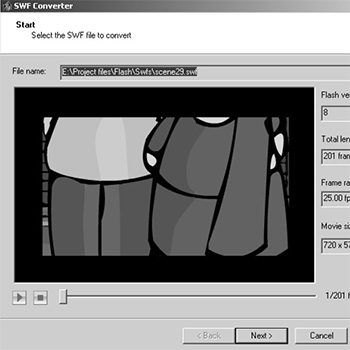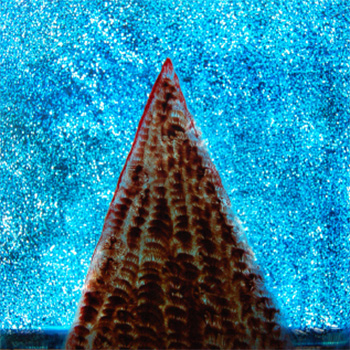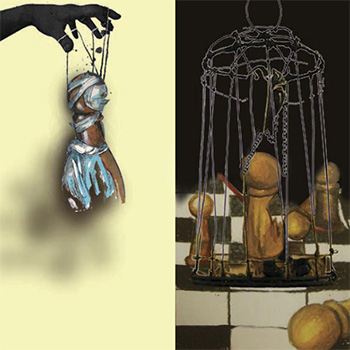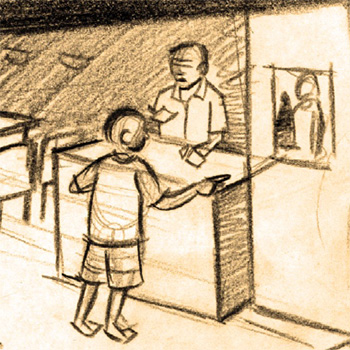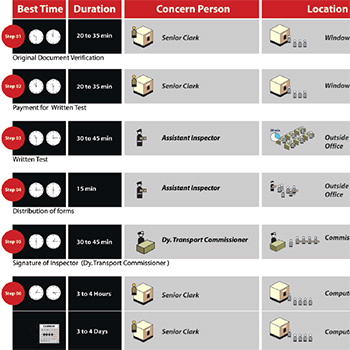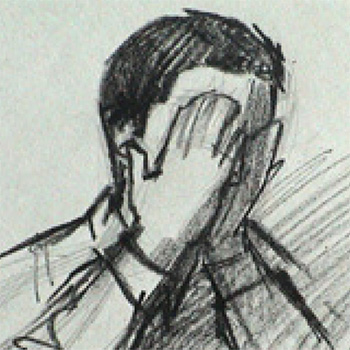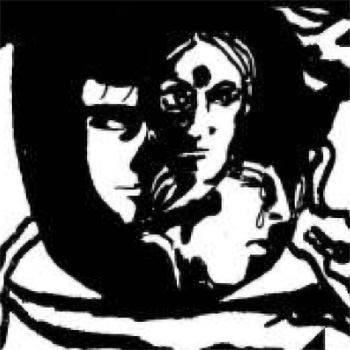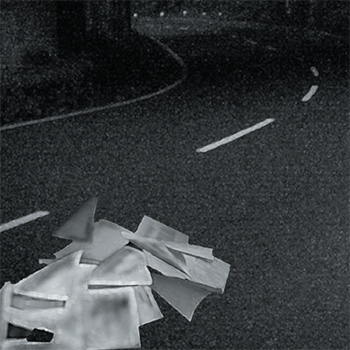M.Des Communication Design 1999-2008
2002-2004
(41 items)
by Anand. A
by Anand. A
Typeface design in Indian language scripts still suffers from the absence of typefaces, which are tailor-cut for specific needs. There is a complete lack of awareness of the needs of well-designed typefaces that meet both the requirements of digital technology and the functional requirements of typefaces.
Kerala State, which boasts a rich literary tradition and the most popular publications in the country, also suffers from mediocre design standards when it comes to typefaces. With a day-by-day growing publication industry and information portals from the state, the demand for typefaces that meet functional and technical aspects of typography is more than ever.
This project studies the existing typefaces in Malayalam, the script from Kerala, in the contexts of usage, visual quality, and technology in the publication industry. These studies identified the need for a display/byline typeface for standard publication needs. Thus, a typeface family named IDC Vani, consisting of five typefaces in true type and postscript formats, has been designed. A demonstration of various applications of the typeface and a stylebook featuring the guidelines for usage of the IDC Vani family also formed part of the final output.
by Anand. A
by Anupama Kamath
by Anupama Kamath
by Anupama Kamath
by Anupama Kamath
Many times, we take for granted what we see around us and fail to appreciate its value until it is too late. With specific reference to our past and the reminders of it, i.e., our heritage, it has been seen that negligence and insensitivity have led to the erosion of many of its valuable components. A simple form of awareness for this purpose is explored in this project. Introducing heritage components in their built form to a person by taking him for a walk.
The project needed an understanding of the components involved before presenting them to the target audience. The city of Pune presented some problems in terms of its heritage buildings being scattered and not confined to one area. The issues involved identifying the building amidst its new surroundings and retaining the interest of the target audience during the walk. Information had to be presented in such a manner so as to locate the building easily, making the experience of the walk an engaging one. The project provided an opportunity to interact with the INTACH Pune chapter and understand how they had dealt with the same problem.
by Anupama Kamath
In India, since ancient times, there have always been explanations about the sun's activities in the fields of astronomy, philosophy, religion, cultural traditions, and rituals. A brief study of these subjects proves the depth to which people have given meaning to these phenomena occurring in their everyday lives.
Aditya, the Sun in Indian thought, is a documentation of the influences of the Sun in the daily lives of the people in India and how they have perceived, understood, and explained these influences. This fascinating subject of documenting the sun has not been attempted before on these lines and will prove to be an awakening to the role played by this Supreme Force, which has been forgotten in many aspects.
An exhibition has been visualised to present this documentation to the general public. The presentation method attempts at the ‘experience’ approach in a manner that would involve the participation of the visitors. While this would by no means make understanding concepts simpler, it would also help me explore better ways of presenting information to a larger target audience.
by Dipti M Panesar
The Urban Opportunity Project, a research initiative of the Institute of Design at IIT Chicago, has provided the scope for adopting a collaborative approach of working between ID Chicago, IIT Bombay, and non-governmental organisations like the Society for Human and Environmental Development (S.H.E.D.) in Mumbai. This collaborative approach has enabled the acquisition of true and valuable insights on the livelihoods in city slums. Dharavi was taken as a specimen for the study.
The Society for Human and Environmental Development (SHED) was formed in October 1982 with the prime objective of improving the outlook and living conditions of those living in slums and rural areas, especially tribal areas. At present, the society is working in the major slums of Mumbai—Dharavi, Jogeshwari (East), Sagbaug, and Kalina—and also in a village and 21 tribal hamlets of Saphale Block and Palghar Taluka in Thane district.
by Dipti M Panesar
by Dipti M Panesar
by Dipti M Panesar
by Gautam Vijay Karnik
by Gautam Vijay Karnik
by Gautam Vijay Karnik
by Hemant Kadegaonkar
by Mohini Kotasthane
by Mohini Kotasthane
by Mohini Kotasthane
by Pudi Ravi Krishna
It is ultimately the past that creates the present. This project is aimed at understanding the story of Indian animation. Initially, animation in India was the result of experiments by Indian film makers who were inspired by Disney. After independence, it was mainly the government that started to encourage animation through the Films Division. A significant part of this report is dedicated to the detailed study of animation films made by the state-funded Films Division. Especially the period between 1956 and 1969 is of significant importance since some of India's best-known animators worked in the Films division during this time. The earliest attempts at animation were the outcome of experimentation by the founders of Indian cinema, Dadasaheb Phalke, who used time-lapse photography due to a shortage of films. Subsequently, other animation films inspired by Disney's animation films were being made at periodic intervals until the end of British rule in 1947.
The Films Division was established in 1948 for the production of documentaries and news reels. An animation film called The War That Never Ends was made in 1949 by British animator Myna Johnson, with J. S. Bhownagary serving as the script writer. The Cartoon Film Unit (CFU) was set up at the Films Division in 1955 and, for the first time, received an animation camera under the Indo-American Technical Aid programme, accompanied by the services of Mr. Clair Weeks, a former animator at Disney Studios.
by Pudi Ravi Krishna
by Pudi Ravi Krishna
Interactive storytelling, a story in which the audience has influence over the narrative, has existed in non-digital variations for thousands of years. In India, respected storytellers in the 'Harikatha' styles have studied the scriptures, literature, languages, classical music, and elements of drama. These storytellers adapt their stories according to the audience, either by their response or by popping questions to keep the audience involved. Theatre, film, and TV can be viewed as steps in the evolution of dramatic language. Interactive drama should be seen as the next evolutionary step. Interactivity helps to create a sense of action and movement, but it should be fundamental to the story, not something trivial and unrelated; otherwise, the spell of immersion is broken.
The most innovative interactive stories don't try too hard to be innovative. There's simplicity in the presentation, a subtlety in the navigation; it flows smoothly from beginning to end, engaging the user occasionally, not constantly. That's good storytelling. Whenever possible, a story needs to be presented as a vital part of a cultural whole. Folk tales form the unwritten literature (stories, proverbs, riddles, and songs) of a culture. This project was aimed at exploring the possibility of telling such stories in an interactively rich format.
by J Rambrijesh
by J Rambrijesh
by J Rambrijesh
by J Rambrijesh
In today's context, with large hard discs and network connectivity, we store an enormous number of files on local discs; as a result, maintenance and retrieval become tough. Aggravating the problem, most people have tendencies towards haphazard file management. It becomes practically impossible to locate files when file names or folder locations are forgotten. A variety of user research was done to unearth individuals' habits and tendencies pertaining to file management. A parallel study of current technological trends and research in visualisations was undertaken.
The main file management problems were attributed to the lack of differentiation between folders, not being able to guess the contents of the folder from outside, the necessity to remember accurate folder locations and file names, and the lack of supportive tools. Based on the findings, a conceptual system called ‘viewport’ was developed. It is a recognition-based file system that uses a zoomable interface paradigm for navigation. The system supports a new visualisation system that allows for quick, efficient ways to find a required file and accommodates informal ways of managing files.
by Rashmin Raj A
Kerala is world-famous for its natural beauty and its vibrant art forms. Kerala was also world-famous many centuries ago for its spices. A time in which pepper was known as the black gold and was worth a king's ransom. The most important of Kerala's ports were in Malabar. Malabar consists of six districts, namely Kozhikode, Tellicherry, Cannanore, Kasaragode, Palghat, and Malappuram, which make up north Kerala. This was where the first European traveller, namely Vasocodi Gama, landed, a few kilometres from Kozhikode, at a place called Kappad.
Malabar is also called the land of the living gods. This is because of the vibrant art form called Theyyam. The coastline is dotted with temples and Kavus, each of which has a festival associated with it. The festivals are social events whereby all the people in proximity to the temple join together and celebrate the festival. When the festive dates are decided, flags are hoisted to inform people about the event. It’s a really colourful spectacle to see the green landscape dotted with vibrant flags, visible from ar away. This study was aimed at understanding the usage, varieties, standards, if any, and meaning of the traditional flags in north Malabar.
by Rashmin Raj A
by Rashmin Raj A
by Shalaka Dighe
Information graphics are visual representations of any information, statistical data, or reconstruction of an event. The graphical display of information is among the most obvious and important forms of visual communication. The organisation of realistic data into a field that is recognisable at a glance yet can be studied and probed over a period of time can prove to be a useful tool that offers tremendous value to both the audience and the designer. Graphics can describe information in a better way through visual mapping. Visual aids can compress huge amounts of information into smaller, more comprehensible capsules.
We are aware of the presence and importance of graphic representations throughout the history of man. Diagrams, maps, charts, and many other kinds of symbols take part in our daily lives. All visual media have explored various aspects and advantages of infographics, and television media is no exception. The dynamism of TV media offers more scope to the designer and broadens the horizons of possibilities. Graphical representations benefit from the fourth dimension of 'time', and can help create better.
by Shalaka Dighe
by Shalaka Dighe
Technology affects life; it is meant to do that. But it seems absolutely illogical and unfair that it should compulsively change the way people live. It is evident that the personal computer is completely impertinent to the home environment, its needs, and its physical location and does not blend with the family lifestyle. A study of these, as well as of those devices that work well in households, suggests some strategic changes to the approach of bringing a computer into the home setting. A brief overview of Indian household needs and home environment suggests the need for reminders, family communication aids, and assistance in household tasks.
'Yojak' is an attempt to bridge the gap between PC and Indian home needs. It is a home computer with the basic form of a digital calendar. In India, family schedules revolve around the calendar, family accounts are maintained on a calendar, and most home information comes from the calendar. In effect, this is mainly what the personal computer aims to do today in a home setting, yet quite ineffectively. 'Yojak', with the metaphor of a calendar, radically changes the scene, and the computer achieves a physical, psychological, and emotional 'space' in the household.
by Sherline M. Pimenta
by Sherline M. Pimenta
by Sindhu K.N
by Utpala Wandhare
by Utpala Wandhare
by Utpala Wandhare
by Viswanatha kumar
by Viswanatha kumar
by Viswanatha kumar
2005-2007
(51 items)
by Aditi Babel
by Aditi Babel
by Aditi Babel
by Aditi Babel
by Anand Prahlad
by Anand Prahlad
by Anand Prahlad
by Anand Prahlad
by Barkha Patil
by Dipu George
by Dipu George
by Dipu George
by Dipu George
by Fatema Kainan Barot
by Fatema Kainan Barot
by Fatema Kainan Barot
by Geetanjali Srivastava
by Geetanjali Srivastava
by Geetanjali Srivastava
by Geetanjali Srivastava
by Harshvardhan Kadam
by Harshvardhan Kadam
by Harshvardhan Kadam
by Harshvardhan Kadam
by Hemant Kumar
by Hemant Kumar
by Hemant Kumar
by Hemant Kumar
by Nair Vineeth Anand
by Nair Vineeth Anand
by Nair Vineeth Anand
by Nair Vineeth Anand
by Poonam Madhav Athalye
by Poonam Madhav Athalye
by Prarthana Hariharan
by Prarthana Hariharan
by Prarthana Hariharan
by Prarthana Hariharan
by Prashant Bhandare
by Prashant Bhandare
by Prashant Bhandare
by Prashant Bhandare
by Russell Gonsalves
by Russell Gonsalves
by Russell Gonsalves
by Sachin Jadhav
by Sachin Jadhav
by Sachin Jadhav
by Sachin Jadhav
by Vaibhav Singh
by Vaibhav Singh
